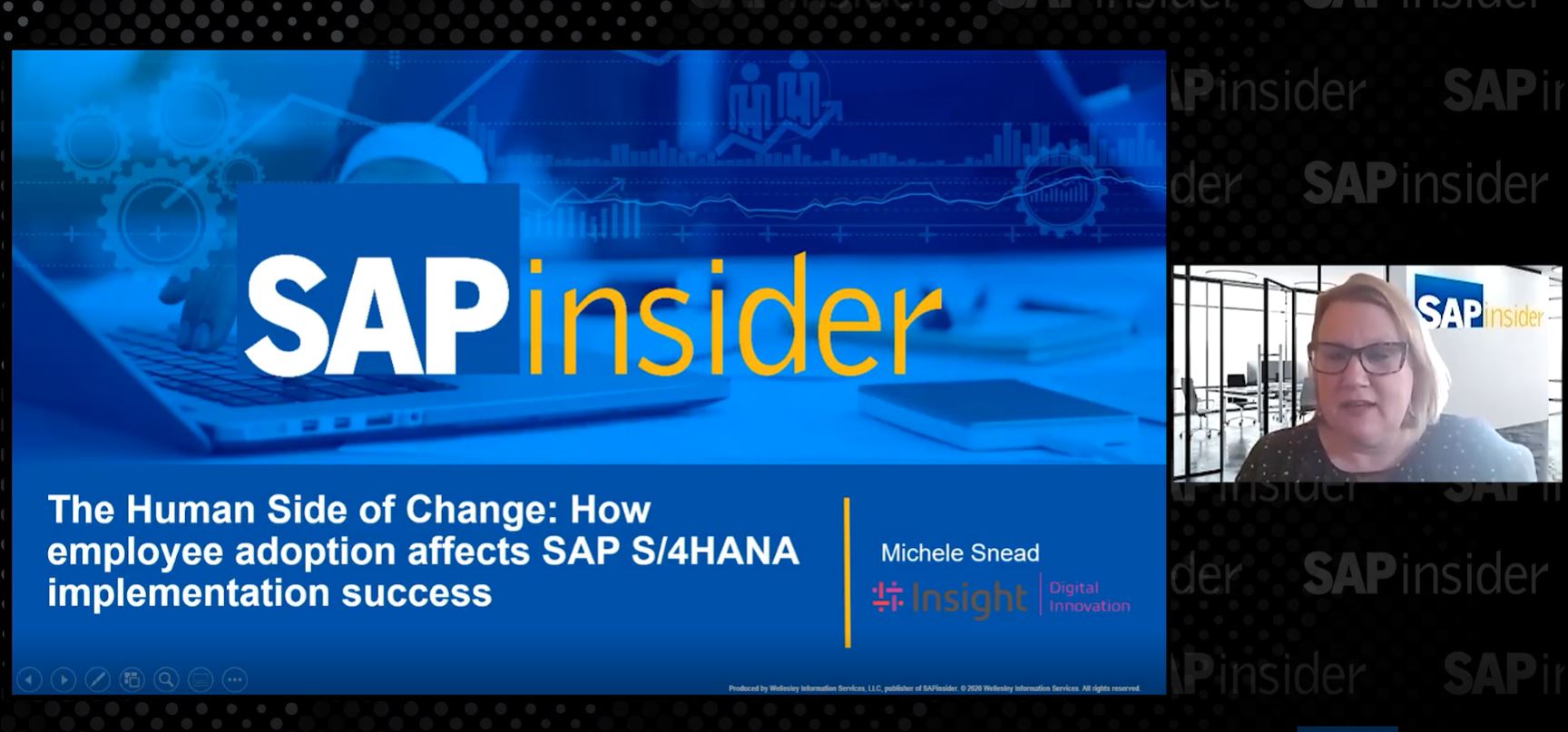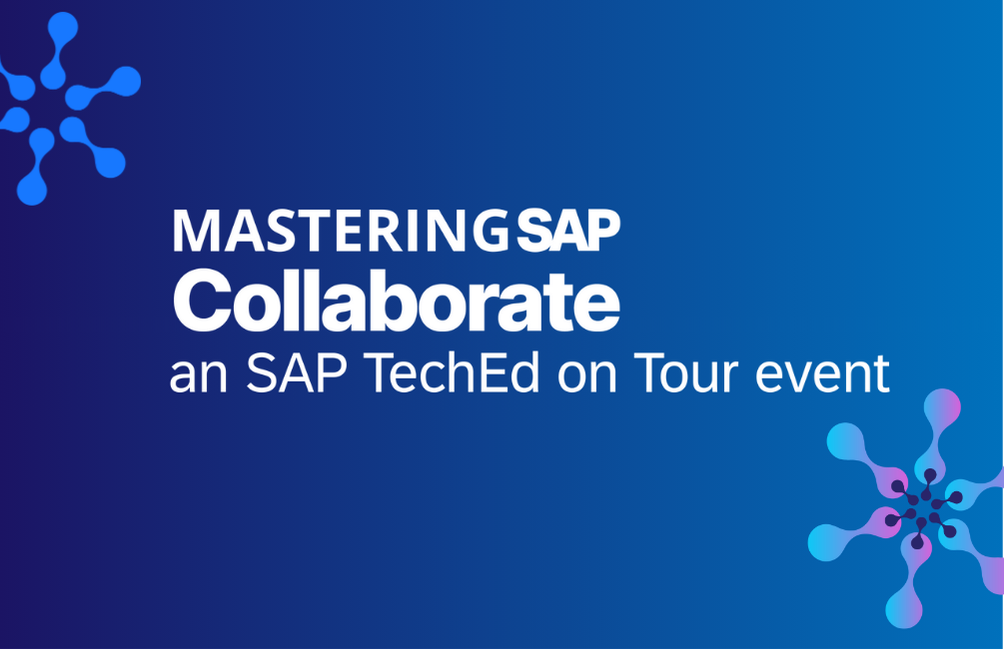The Case for a Centre of Expertise
Key Takeaways
⇨ A Centre of Expertise (CoE) provides SAP customers with the skills and governance necessary to get the most out of their SAP investment.
⇨ Establishment of a CoE is a strongly recommended SAP best practice and a necessary first step to providing optimal maintenance and support of SAP systems post-implementation.
⇨ A surprising number of SAP customers don’t have one.
“The fact is, too few implementing firms properly plan for post-go-live operations and fail to refresh their to-be vision. As a result, they are not prepared to seize measurable business benefit from their SAP investment… The full solution to this “as-is-rut” is the creation of a Centre of Excellence…” – Michael Doane, The SAP Green Book.
In my experience of working with SAP customers, my focus has been on decision-making and best practices required for sustained customer success. This is particularly for ongoing maintenance and support required post SAP systems implementation. The SAP Green Book by Michael Doane is still a go-to source for the effective management of a company’s SAP assets. The starting point for any SAP system post-implementation maintenance and support is the Centre of Expertise (CoE). Much has already been documented about the CoE, and the intent is not to duplicate or supplant that valuable information. Instead, the article will underscore the significance of having a CoE, especially for SAP clients who are yet to establish one. These can also include customers currently evaluating initial SAP implementation or how the system will be supported after go-live, or those who have implemented SAP in the past and are still determining the best way to provide the necessary maintenance and support.
It is important to clarify some terminology since the language used to discuss this subject can differ depending on the source. At SAP, the formally recognized term is Centre of Expertise, although you might often hear it called a Centre of Excellence. Occasionally, it is also referred to as a Competency Centre. The abbreviation CoE is widely understood and offers a shorthand way to mention it.
With the terminology sorted, let’s move on to understanding the role and objectives of the CoE. The Customer COE – Strategy, Governance and Organization from SAP defines Customer CoE as, “A core team of experts that comprises deep SAP skills and knowledge and that generates tangible business value through sustainable and strong collaboration with the lines of business. It is the driver for continuous success to maximize the return on investment.” 1 A common approach to building the initial CoE post-implementation is to include a few members of the project team and super users from within the business.2 The CoE will evolve further as the organization gains more SAP knowledge and maturity with the structure and organization of the team varying from company to company.
Explore related questions
Below are some of the key benefits of a CoE for SAP customers.
The CoE provides one point of contact for overall system management and governance.
Without a CoE, the business community might not know who to engage for addressing new business requirements. The CoE provides a single point of contact for everything from incident management to minor changes, major projects, and overall system governance. The governance responsibility cannot be overstated, as the CoE is tasked with protecting and securing mission critical SAP assets that often represent an organization’s largest IT investment. The CoE is tasked with coordinating between business and the overall IT organization to develop the right policies and provide the business with a process to meet the business needs.
The CoE facilitates improved cooperation between business and IT.
A well organized CoE will have leads in the various functional areas who are aligned to counterparts in the business (Global Process Owners as an example). Ongoing collaboration keeps IT informed of new business developments and how the CoE may be called upon to support them. This also provides an opportunity for IT to provide business knowledge on the new developments in the SAP community including best practices. This does not have to be a technical deep-dive, but should cover basic concepts that can support and direct the business toward the best solution.
The CoE coordinates and aligns resources and business functions.
An organized CoE provides ongoing visibility cross all functional areas, allowing better overall cost and capacity planning. In some cases, resources can be directed from one area to another to balance demand. Additionally, SAP is a highly integrated and cross-functional business system, and changes in one area of the system can have unforeseen impact elsewhere. An organized CoE fosters cross-functional communication so that one functional team is not negatively affected by a change in another business function.
The CoE defines a roadmap and vision for the future.
SAP products and applications are continually evolving, and it is important to stay abreast of developments and have a plan for the future. The SAP roadmap is a key component of a successful CoE and encompasses many factors beyond product obsolescence or expiring support arrangements. The CoE leadership should collaborate with business leadership regularly to develop a shared roadmap and vision that is in line with evolving technologies and meets the commercial aspirations of the business.
Despite the benefits to be achieved, SAP indicates that only about 20% of their customer base have an SAP certified CoE. This certification is not a requirement, and there is no doubt many SAP customers with a successful CoE have not pursued SAP certification. But it is clear that there is a significant number of SAP customers who do not have a CoE for one reason or another.
Resources
1Customer Centre of Expertise home page – SAP
2Modern ERP: Select, Implement, and Use Today’s Advanced Business Systems, Marianne Bradford, 2020
Customer COE – Strategy, Governance and Organization – SAP
The SAP Green Book: A Business Guide for Effectively Managing the SAP Lifecycle, Michael Doane, SAP Press https://www.sap-press.com/the-sap-green-book_2966/







